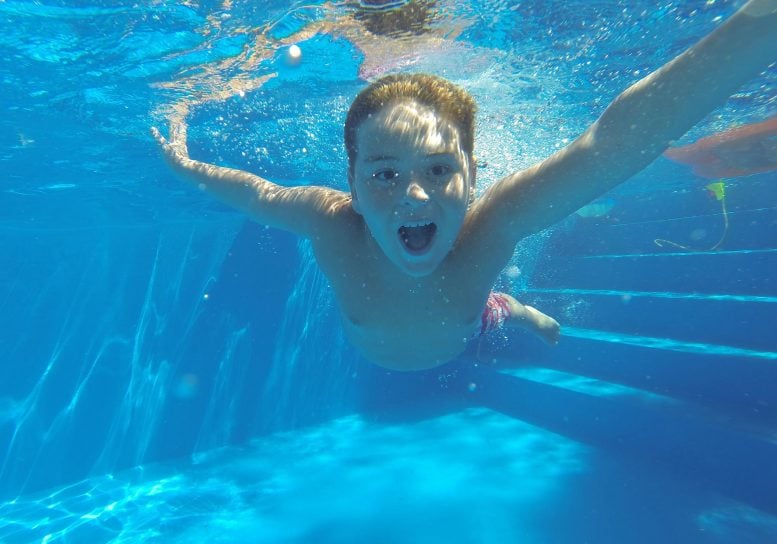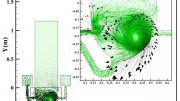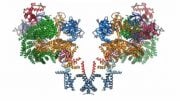
Researchers have discovered that incorporating a complementary disinfection method called copper-silver ionization (CSI) can reduce disinfection byproducts and cell toxicity in chlorinated swimming pool water.
Swimming in indoor or outdoor pools is a healthy form of exercise and recreation for many people. However, studies have linked compounds that arise from chlorine disinfection of the pools to respiratory problems, including asthma, in avid swimmers. Now, researchers reporting in ACS’ Environmental Science & Technology have found that using a complementary form of disinfection, known as copper-silver ionization (CSI), can decrease disinfection byproducts and cell toxicity of chlorinated swimming pool water.
Disinfecting swimming pool water is necessary to inactivate harmful pathogens. Although an effective disinfectant, chlorine can react with organic matter and compounds introduced by swimmers, such as those in sweat, urine, sunscreens, and cosmetics, to produce disinfection byproducts (DBPs). Epidemiological studies have linked DBPs to health problems, including respiratory issues, bladder cancer, and pregnancy and birth complications.
One way to reduce the amount of added chlorine is through the use of complementary disinfection strategies, such as CSI, which involves generating antimicrobial copper and silver ions by electrolysis. Susan Richardson and colleagues wondered whether using CSI along with reduced chlorine levels could disinfect pool water while also reducing DBP formation and toxicity.
To find out, the researchers collected water samples from two pools treated with CSI and chlorine — one outdoor and one indoor. They detected 71 DBPs, some of which were quantified for the first time in pools.
In experiments with mammalian cells in the lab, the team found that the indoor pool samples were more toxic to cells than the outdoor samples, likely because outdoor DBPs can volatilize in the open air or degrade with sunlight over time. In indoor pool water, the lowest levels of DBP formation and toxicity were observed when the lowest amount of chlorine was used in combination with CSI. To control for factors such as number of swimmers, temperature and pH, the researchers also conducted experiments in simulated pools with a solution added that mimics human body fluids, and they observed similar results.
These data suggest that using CSI with lower amounts of chlorine could be a way to make swimming safer, the researchers say.
Reference: “Making Swimming Pools Safer: Does Copper–Silver Ionization with Chlorine Lower the Toxicity and Disinfection Byproduct Formation?” by Joshua M. Allen, Michael J. Plewa, Elizabeth D. Wagner, Xiao Wei, Gretchen E. Bollar, Lucy E. Quirk, Hannah K. Liberatore and Susan D. Richardson, 17 February 2021, Environmental Science & Technology.
DOI: 10.1021/acs.est.0c06287
The authors acknowledge funding from the University of South Carolina Magellan Scholarship program, the Guangxi Medical University Training Program for Distinguished Young Scholars and the National Science Foundation.









… this article makes me feel itchy. 🙂 The whole country needs to work on their water supplies. It has been neglected for too long.
Thanks a lot for this post!